Huawei P50 Pocket vs Samsung Galaxy Z Flip 3: flipping out
The Samsung Galaxy Z Flip 3 was one of the revelations of 2021, combining a classy yet compact foldable design with an attainable price tag to produce the first genuinely mass market foldable phone.
This makes the Galaxy Z Flip 3 the compact foldable phone to beat, and that’s a challenge the Huawei P50 Pocket swiftly took up.
So how does the P50 Pocket fare against its popular rival? Let’s take a closer look at what Huawei’s phone has to offer, and whether it’s good enough to take the foldable top spot.
Huawei P50 Pocket vs Samsung Galaxy Z Flip 3 price and availability
The Huawei P50 Pocket was announced in China on December 23, while it commenced its global rollout on January 26.
The regular model with 8GB of RAM and 256GB of storage is priced at €1,299, which works out to around $1,470 / £1,080 / AU$2,044. The P50 Pocket Premium Edition with 12GB of RAM and 512GB of storage is priced at €1,599, which equates to roughly $1,810 / £1,330 / AU$2,515.
The Samsung Galaxy Z Flip 3 went on sale on August 27, 2021. The 128GB model costs $999 / £949 / AU$1,499, while the 256GB model sets you back $1,049 / £999 / AU$1,599.
Even taking just the cheapest model, the Huawei P50 Pocket is a more expensive handset than the Samsung Galaxy Z Flip 3.
Design
Both of these phones are distinguished by their clamshell designs, which sees them folding out from a compact square to a normally proportioned smartphone.
The Huawei P50 Pocket arguably does this better, at least in certain key respects. Its two screen components lie completely flat next to each other, with no sign of the gap that the Galaxy Z Flip 3 exhibits. Huawei’s ‘Multi-Dimensional’ hinge also serves to produce a slightly smaller crease than Samsung’s effort once the phone is fully open.
Conversely, only the Galaxy Z Flip 3 can keep itself open at various angles. Samsung’s phone manages to attain an IPX8 water-resistance rating too, which the Huawei phone can’t match.
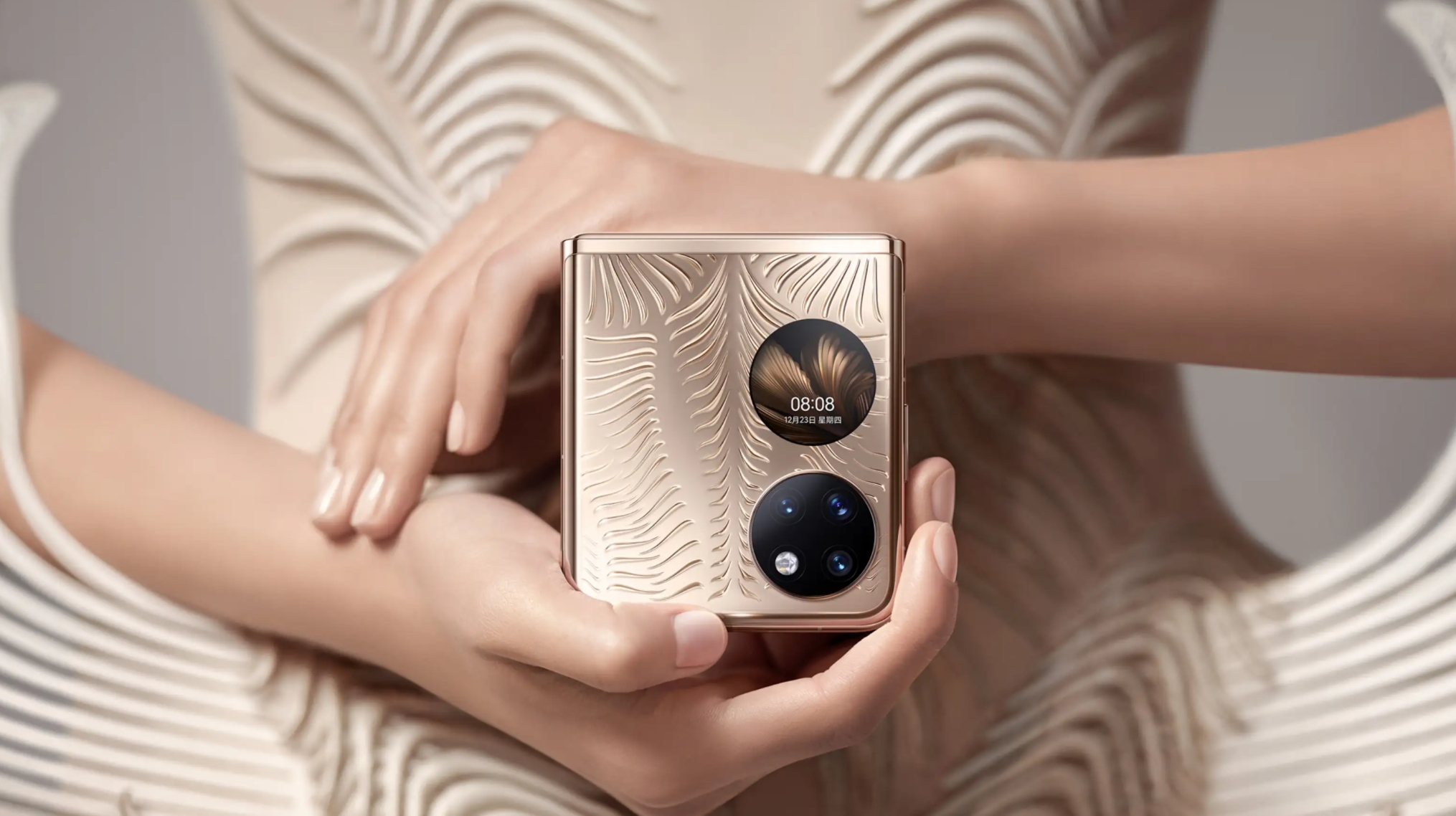
In terms of facts and figures, the Huawei P50 Pocket is the larger phone at 170 x 75.5 x 7.2mm and 190g. The Samsung Galaxy Z Flip 3 measures 166 x 72.2 x 6.9mm and 183g.
Huawei really goes out with the flashy design, particularly with the more expensive Premium Edition with its embossed gold finish. The Samsung Galaxy Z Flip 3, for its part, represents a welcome refinement of the previous Flip phones, with a slicker and more appealing aesthetic. We particularly like the two-toned effect of the rear cover.
Both phones place their fingerprint sensors in their power buttons rather than underneath their displays.
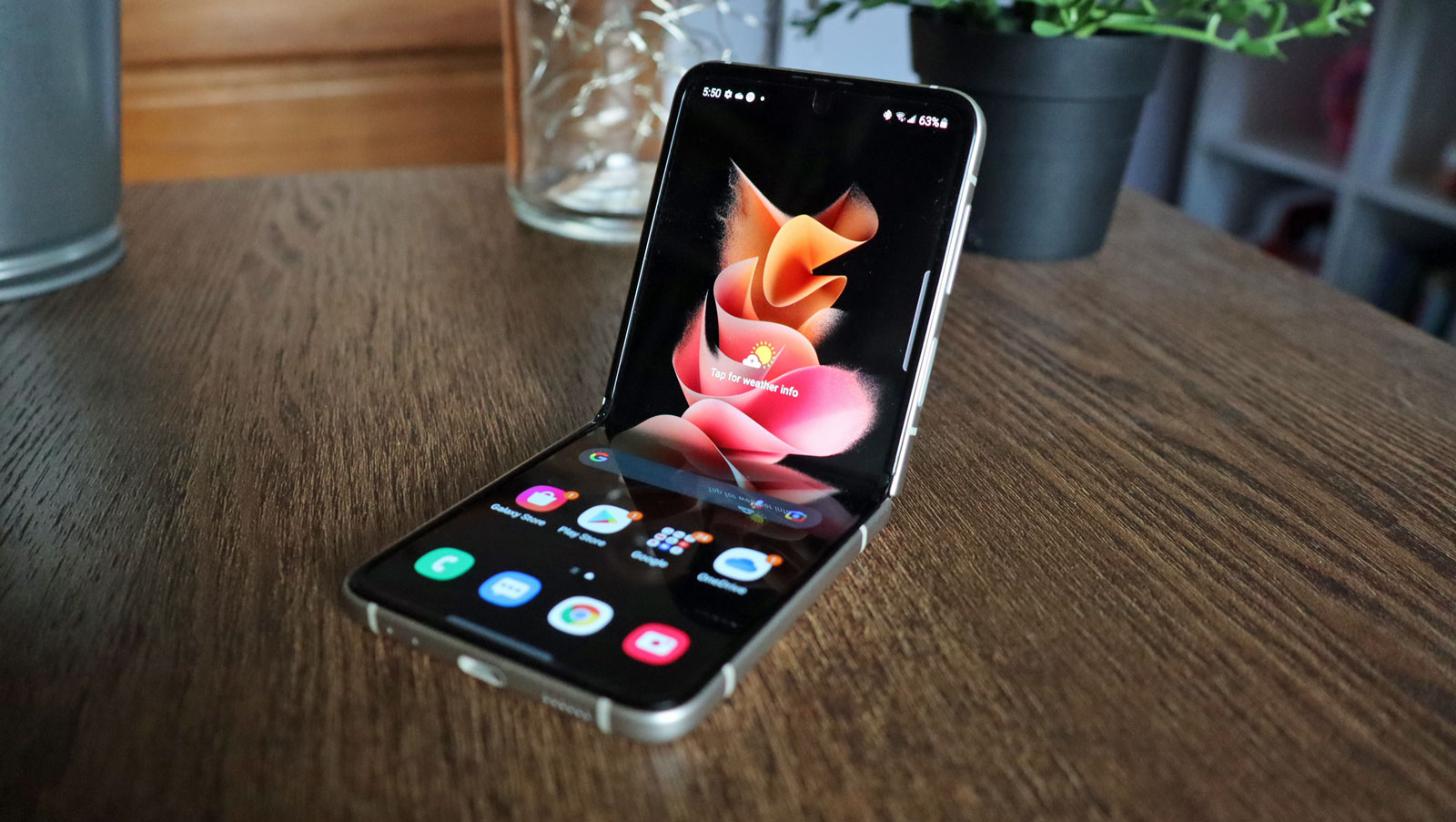
Display
Both phones feature larger fold-out displays and secondary external displays.
With the Huawei P50 Pocket , the main screen is a 6.9-inch OLED, with a 2790 x 1188 resolution. In the case of the Samsung Galaxy Z Flip 3, that main screen is a 6.7-inch AMOLED with a 2640 x 1080 resolution.
Huawei’s display is slightly larger and sharper, then, but there really isn’t much in it. Both displays can hit 120Hz refresh rates, too.
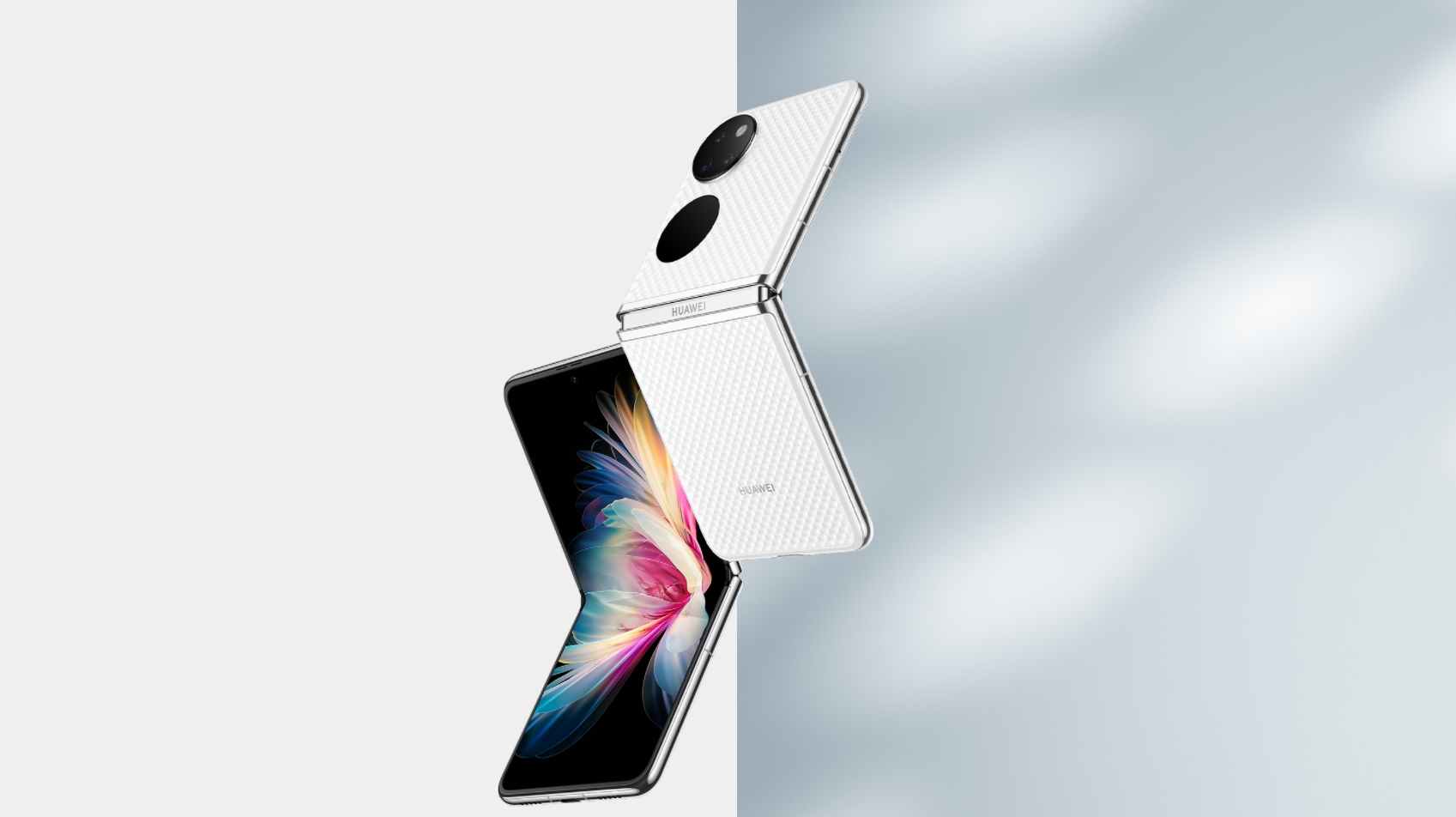
As for those external displays, the Huawei P50 Pocket gives you a circular 1.04-inch OLED with a 340 x 340 resolution, and the Galaxy Z Flip 3 supplies a rectangular 1.9-inch AMOLED with a 512 x 260 resolution. The Samsung wins in this regard, with a far larger and thus more practically useful external screen.
To be clear, both of these external screens are mainly used for showing the time and simplified notification details when closed. But the Samsung appears to marry function with form a little better.
Camera
The Huawei P50 Pocket ostensibly gives you a triple-camera system, while the Galaxy Z Flip 3 makes do with a dual-camera setup. But in practice, they’re both dual-camera phones.
Huawei’s system seems to be more impressive than Samsung’s, led by a 40MP wide sensor and accompanied by a 13MP ultra-wide. But the unexpected provision is a 32MP ultra-spectrum camera, which apparently captures invisible wavelengths.
Why would you want to capture invisible wavelengths in your shots? Mainly for creative fluorescent shots of plants and foliage, it seems, though it also provides depth and color info to the other two sensors.
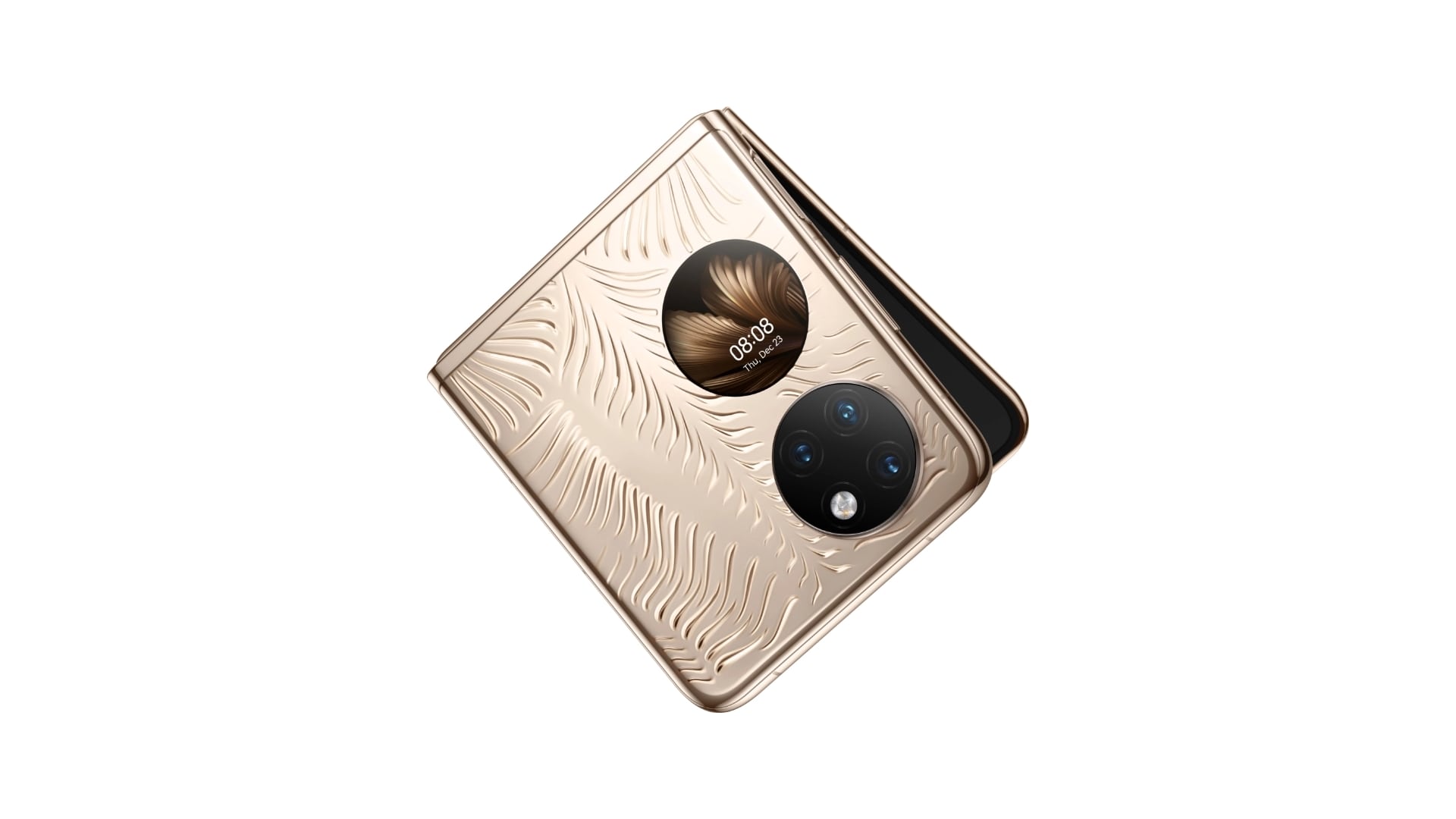
For the Galaxy Z Flip 3’s part, you’re getting a pair of 12MP sensors – one for wide, the other for ultra-wide. It’s not massively compelling, though Samsung’s camera know-how is still sufficient to produce shots that our reviewer found were “nicely detailed and colorful.”
We still need to spend some proper time with the Huawei to be sure, but it seems to have a superior camera system here.
Specs and performance
Both of these phones run on Qualcomm’s Snapdragon 888 chip, which means we’re looking at two phones that can run just about as fast as any 2021 Android flagship.
Of course, we’re into 2022 now, and there’s a new Snapdragon in town in the Snapdragon 8 Gen 1. The Huawei P50 Pro’s recent global launch and significantly higher pricing don’t look too well in that context.
You’re getting 8GB of RAM as standard with both phones, though the Premium Edition of the Huawei P50 Pocket gives you 12GB.
There’s one notable spec difference here, and it’s seemingly related to Huawei’s ongoing political troubles. The P50 Pro doesn’t support 5G, unlike the Samsung Galaxy Z Flip 3.
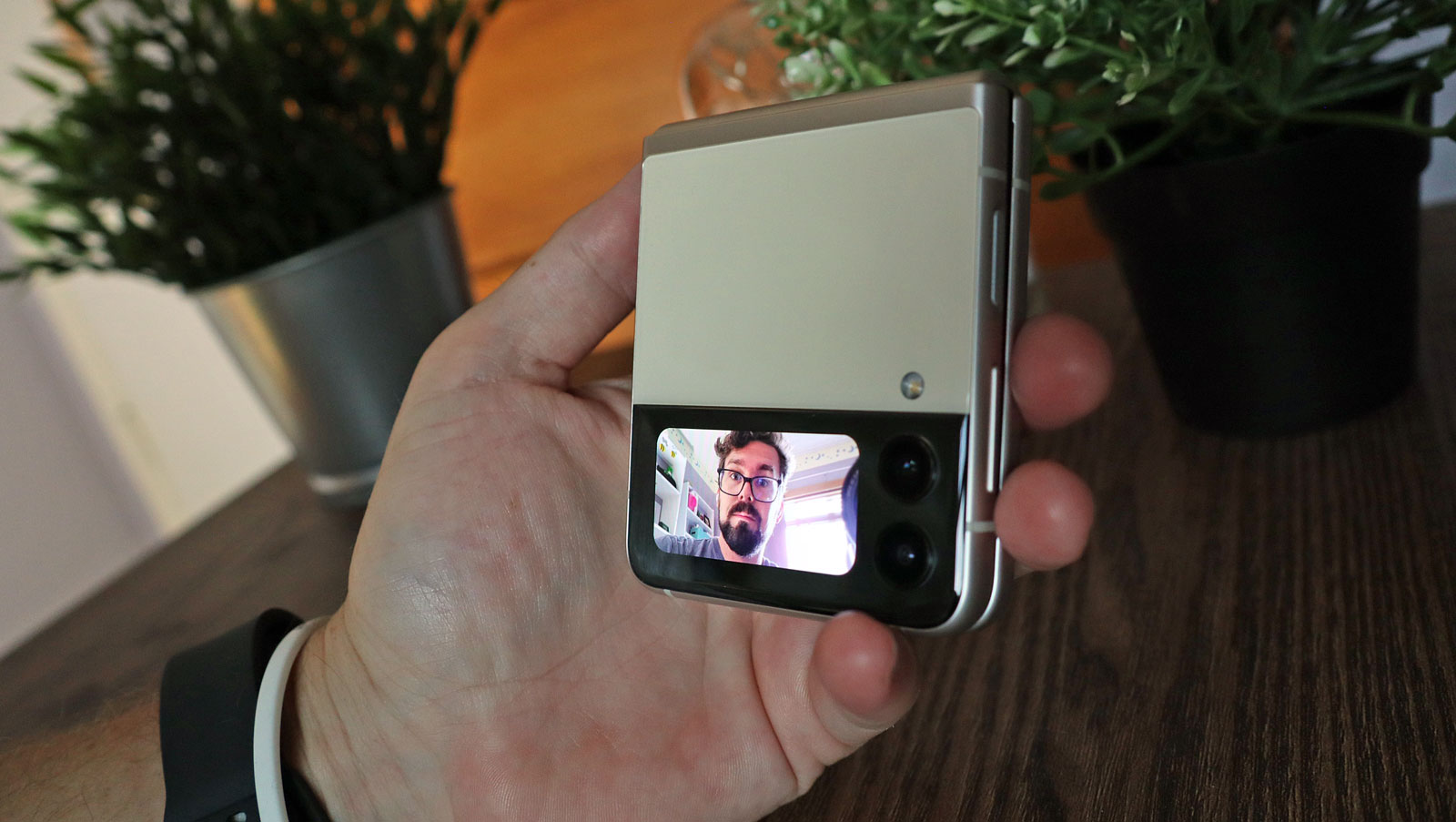
Whether you care about 5G connectivity or not, it’s undoubtedly reached a point where the feature can be considered a given for all but the cheapest phones. We certainly expect it in our flagships by now.
On the storage front, the Galaxy Z Flip 3 gives you either 128GB or 256GB, while the Huawei P50 Pocket supplies either 256GB or 512GB.
Perhaps the biggest win for Samsung is the usual one when comparing it with a Huawei phone. Huawei’s ongoing issues with western governments mean that you don’t get access to Google Play Services, which means no Google apps and no Google Play Store.
Huawei has worked hard on work-arounds, but it’s undeniably a suboptimal situation. The Galaxy Z Flip 3 has no such worries, and Samsung’s One UI is quite a pleasant and fully featured interface these days.
Battery
Both of these phones sacrifice something in the way of their battery capacity in order to fit into those slender foldable profiles. However, the Huawei P50 Pocket just about comes out on top.
Huawei has managed to pack in a 4,000mAh battery, while the Galaxy Z Flip 3 gives you a 3,300mAh cell.
It remains to be seen how this will affect the Huawei P50 Pocket’s stamina, but we already know about the Galaxy Z Flip 3, and it’s not too hot. Our reviewer struggled to get through a full day of more intensive usage on a single charge.
The Huawei P50 Pocket supports 40W wired charging to Samsung’s 25W, which is an advantage for the newer phone. However, Huawei’s foldable doesn’t support wireless charging at all, while the Samsung supports up to 11W.
Like 5G, while you might not consider wireless charging essential, it’s certainly something you expect to see in a flagship phone.
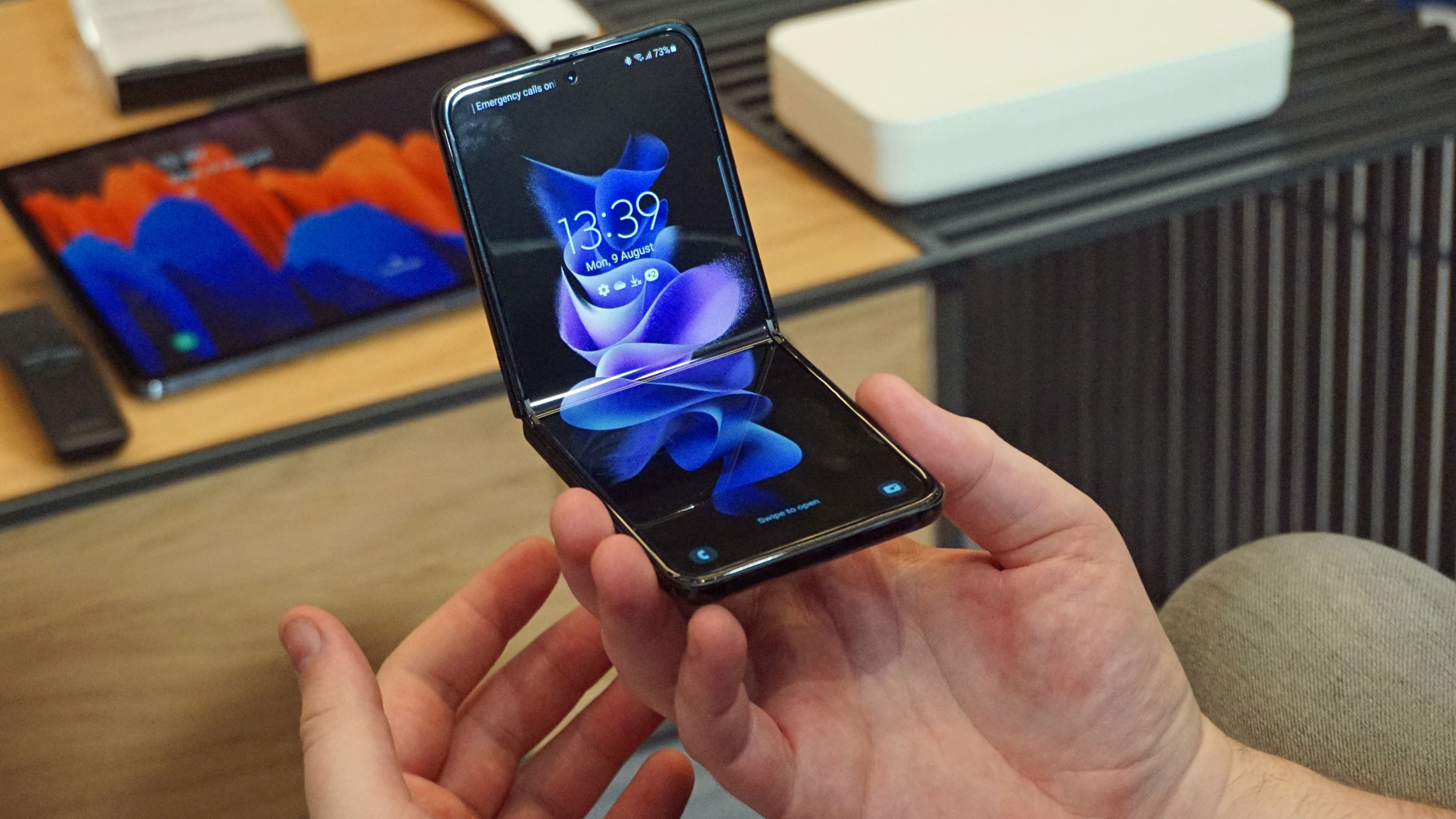
Takeaway
We haven’t quite readied our hands-on thoughts for the Huawei P50 Pocket, but it’s certainly got an uphill battle taking on the Samsung Galaxy Z Flip 3.
Not only is it more expensive, but it doesn’t feature 5G or wireless charging, and it isn’t water-resistant to the same degree. Then there’s the perpetual issue with modern Huawei phones in that they don’t support key Google services.
While the Huawei P50 Pocket does some promising things with its hinge design, and its camera system is almost certain to be superior to its rival, we’re steering towards the Galaxy Z Flip 3 on this one. It’s simply a far safer bet.
For all the latest Technology News Click Here
For the latest news and updates, follow us on Google News.
